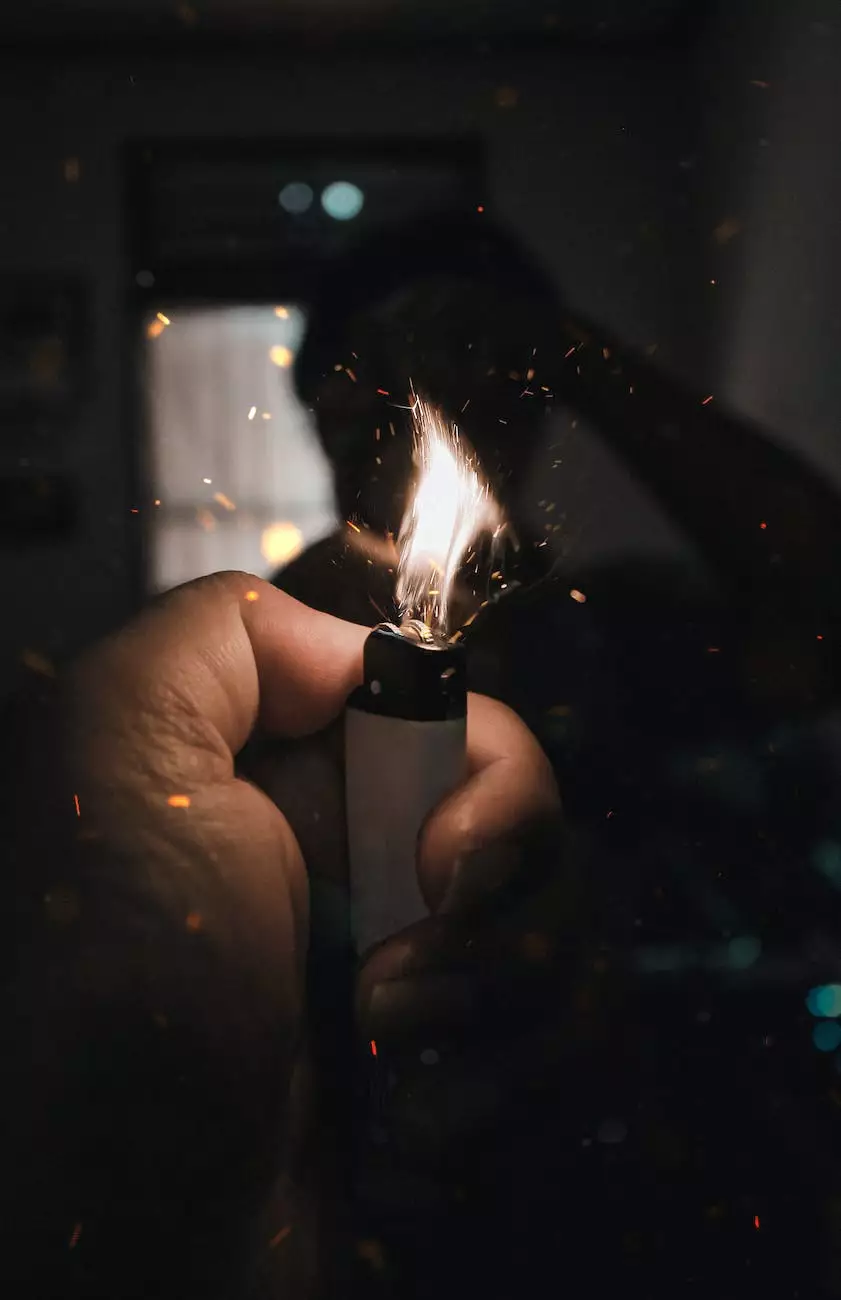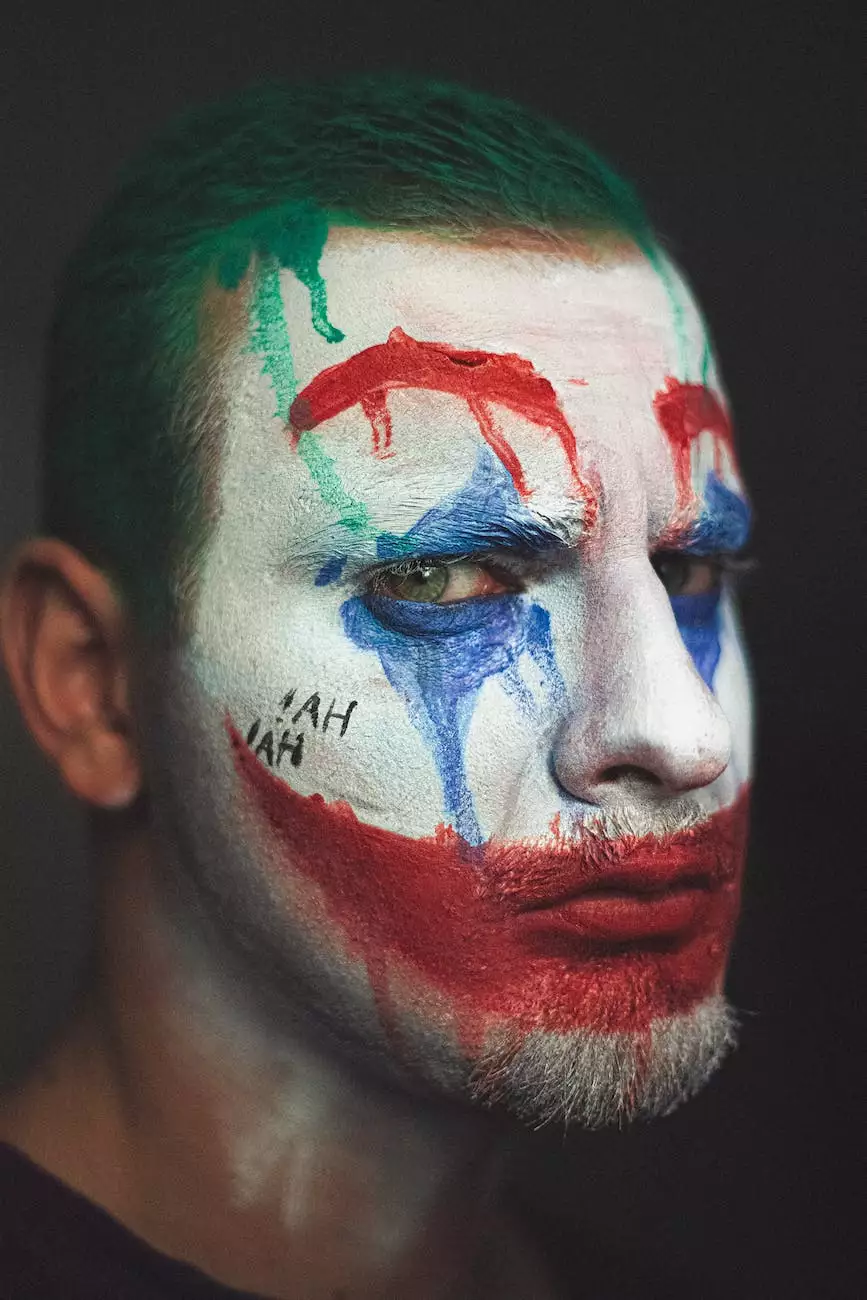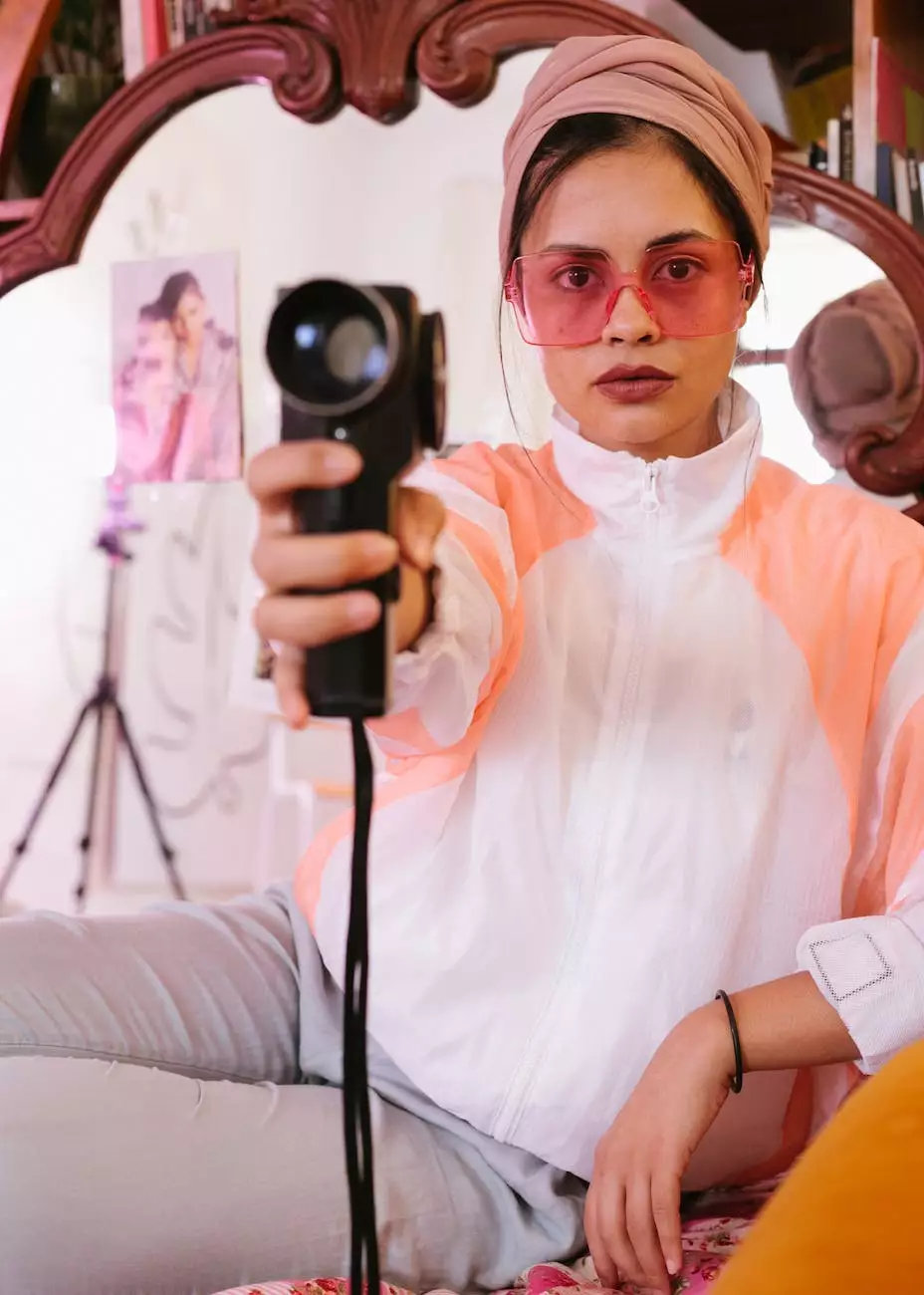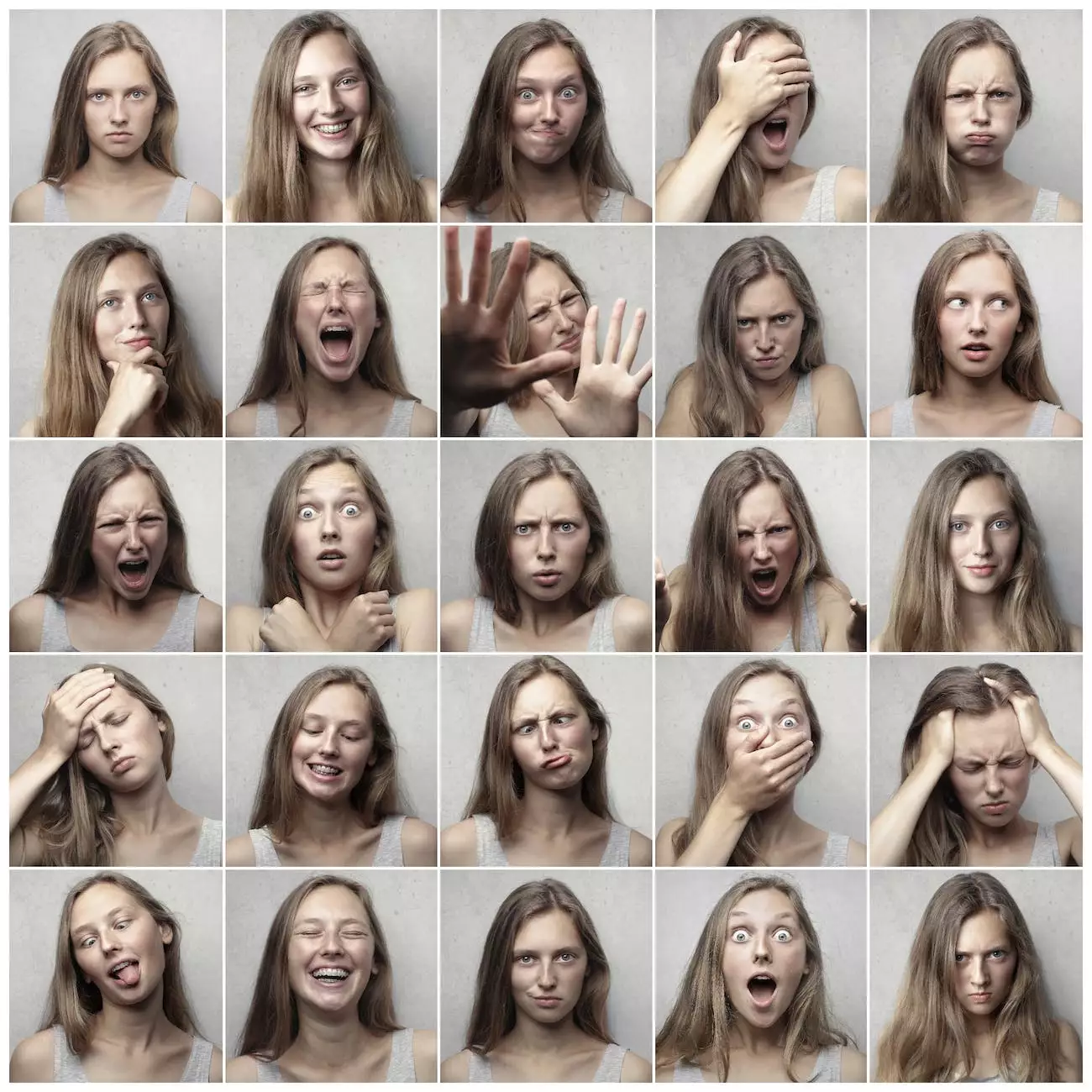2 Ways to Add Motion Blur to your images
Photoshop Tips
Introduction
Welcome to Maurice Gardner Photography, your go-to resource for all things related to visual arts and design. In this article, we will explore two fantastic techniques to add motion blur to your images, allowing you to create stunning visual effects and enhance the dynamic appeal of your photographs.
1. Long Exposure Photography
Long exposure photography is a popular technique used by photographers to capture the illusion of motion in still images. By using a slow shutter speed, the camera captures the movement of the subject over a certain period of time, resulting in a beautiful motion blur effect. This technique is particularly effective for capturing flowing water, moving traffic, or any other subject with a sense of motion.
To achieve motion blur using long exposure photography, follow these steps:
- Select a sturdy tripod to ensure stability during the long exposure.
- Choose a location with a subject that exhibits motion, such as a waterfall or a busy street.
- Set your camera to manual mode and adjust the shutter speed. A slow shutter speed, typically between 1/10th and 30 seconds, will allow enough time to capture the motion blur.
- Compose your shot and press the shutter button, making sure to keep the camera steady throughout the exposure.
- Review the image on your camera's LCD screen and make any necessary adjustments to achieve the desired motion blur effect.
Long exposure photography requires patience and experimentation, but the results can be truly breathtaking. It allows you to freeze still elements in a scene while creating a sense of movement, adding a unique artistic touch to your photographs.
2. Post-Processing Techniques
In addition to capturing motion blur in-camera, you can also add this effect to your images during post-processing. This approach gives you greater control and flexibility over the final result, allowing you to experiment with different settings and intensities.
Here are some popular post-processing techniques to add motion blur:
- Radial Blur: Create a swirling motion around a central point to simulate the effect of movement.
- Zoom Blur: Mimic the linear motion of a zoom lens, giving the impression of speed and dynamism.
- Motion Blur Filter: Utilize specialized filters available in image editing software to apply realistic motion blur effects.
When applying motion blur during post-processing, keep in mind that subtlety is key. The goal is to enhance the natural flow and energy of the image without overpowering the overall composition. Experiment with different techniques and settings to find the perfect balance for each specific photograph.
Conclusion
By incorporating motion blur into your images, you can elevate the visual impact and storytelling potential of your photographs. Whether you prefer the in-camera approach of long exposure photography or the versatility of post-processing techniques, Maurice Gardner Photography encourages you to experiment and unleash your creativity.
Remember, motion blur is not only a technical tool but also an artistic tool that allows you to convey a sense of movement, energy, and emotion in your photographs. Use these two methods as a starting point, and let them inspire you to explore further possibilities within your own photography journey.
Stay tuned for more articles and tutorials on visual arts and design, brought to you by Maurice Gardner Photography - your trusted source of artistic inspiration and technical expertise.



